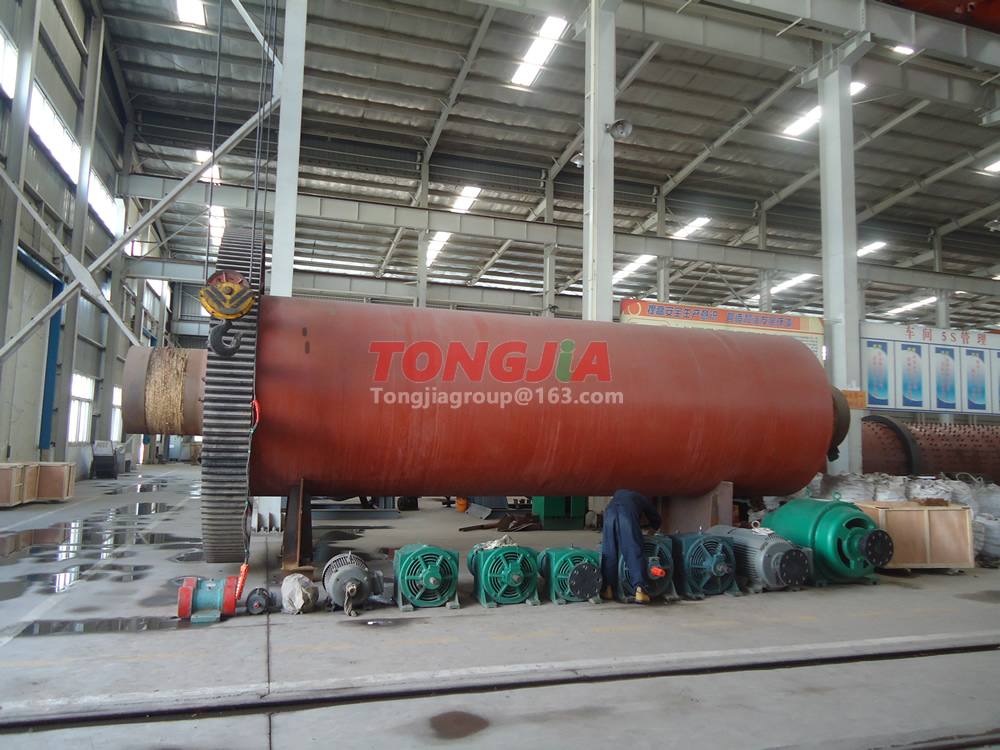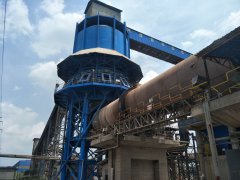Aluminum oxide ball mill is a specialized equipment designed for grinding aluminum oxide particles, distinguished by the use of ceramic balls and ceramic lining. This type of machine finds extensive applications in industries such as ceramics, electronics, and chemical engineering, catering to the demand for high-purity aluminum oxide powder. The following provides a detailed overview of the ball milling process for aluminum oxide, its principles, and the advantages associated with using a ball mill for grinding.

The selection of ceramic balls and ceramic lining for grinding aluminum oxide is primarily based on their chemical stability and hardness. Ceramic materials, such as aluminum oxide ceramics, exhibit excellent wear resistance and corrosion resistance, maintaining high purity during the grinding process. Utilizing ceramic balls and a ceramic lining in the ball mill helps to avoid introducing impurities due to metal wear, ensuring the final aluminum oxide product retains its high purity.
The grinding process for aluminum oxide typically involves several steps. Initially, the initial aluminum oxide particles are introduced into the grinding cylinder of the ball mill. Subsequently, through the rotation of the cylinder, ceramic balls initiate friction and collision forces within the aluminum oxide particles, gradually grinding them into the desired powder form. Throughout the entire grinding process, ceramic lining protects the interior walls of the machine, reducing frictional losses and ensuring the production of a high-purity end product.
The grinding principle of the ball mill is based on the transmission and conversion of mechanical energy. Ceramic balls continuously rotate within the grinding cylinder, impacting and frictionally interacting with the aluminum oxide particles, gradually breaking them down and refining them. During this process, mechanical energy is transferred from the ceramic balls to the aluminum oxide particles, achieving both particle breakdown and refinement.
There are several advantages to using an aluminum oxide ball mill for grinding. Firstly, the use of ceramic balls and ceramic lining ensures the production of a high-purity product by avoiding the introduction of metal impurities. Secondly, the operation of the ball mill is relatively straightforward, easy to control, and the production process is stable, meeting precise requirements for particle size and shape of aluminum oxide powder. Additionally, the ball mill demonstrates efficient grinding of high-hardness aluminum oxide particles, guaranteeing product quality and fineness.
In summary, the aluminum oxide ball mill, employing ceramic balls and ceramic lining along with scientific grinding principles, achieves efficient and high-purity production of aluminum oxide powder, making it widely applicable across various industrial sectors.



